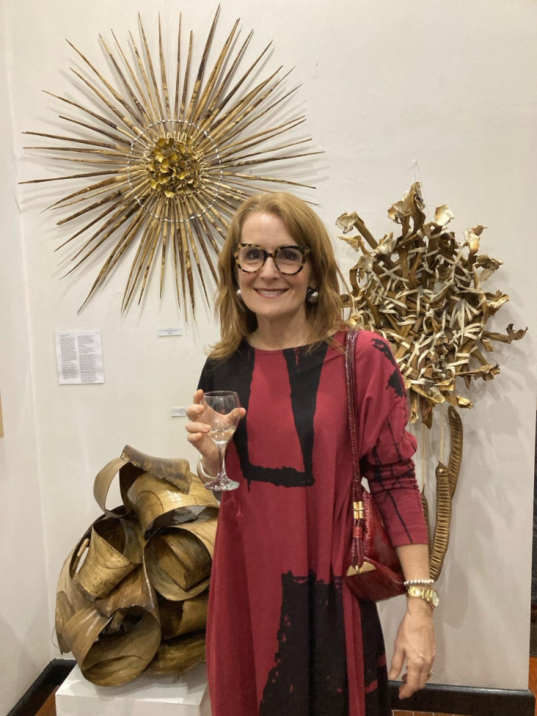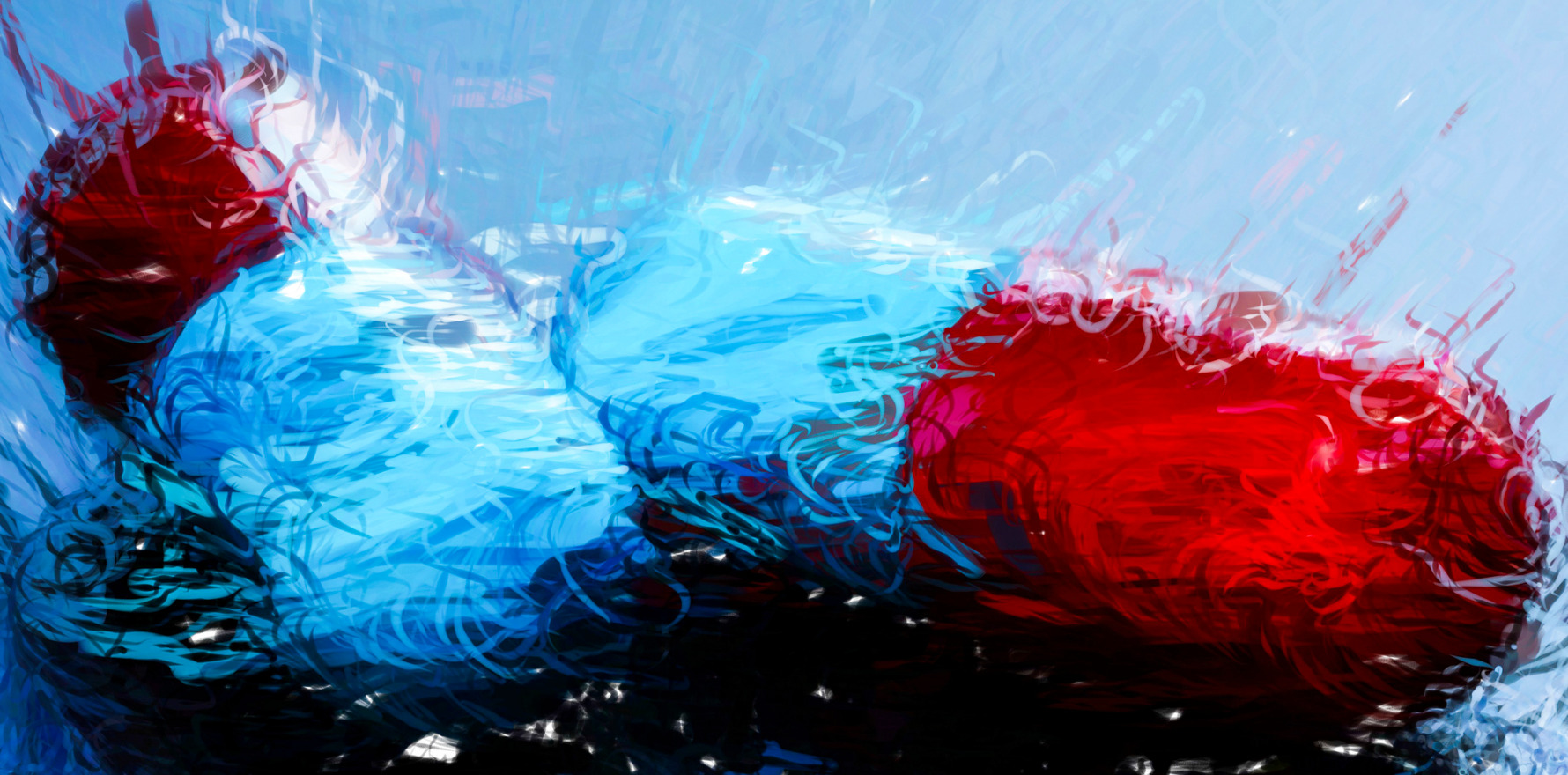When we live our own lives in line with holistic health values it translates to better care of our patients.
Recently I attended a very special art exhibition – Art of Medicine – at the delightful Woolloongabba Art Gallery in the heart of Brisbane.
Sponsored by Doctors’ Health Queensland, it was an opportunity for doctors and medical students to showcase their creativity and share the passions that inspire them when they take a respite from the demands that medical work make on them.
There was an extraordinary range of work exhibited ranging from paintings, woodwork, sculpture, poetry, music and pottery. I particularly enjoyed reading the accompanying plaques that told the stories behind the pieces displayed as they gave an insight into the challenges of working in the field of medicine.
Medicine is a tough gig, whatever stage you are at in your career.
I recall being an intern in a regional hospital in Tasmania in the 1990s and being rostered to work 10 nights on, followed by two days off, followed by 10 days on and two days off and so on. In some of the rural areas where I’ve worked, we were on call for the local emergency department all weekend and on a rotating roster during the week and then expected to do a normal day of work on Monday.
I have been on call 24/7 to do the forensic examinations of women who have been sexually assaulted and carried an overnight pager when working in regional centres. These unrealistic shifts are still common, particularly during the years of intensive study and training. This punishing schedule is ongoing for doctors working in rural and remote areas.
In addition to brutal hours is the expectation that we get things right all the time. Perfection is the standard and an impossible one to achieve, particularly when we are nauseous with fatigue. And yet, if we make an error, the consequences can be catastrophic with little regard for how much sleep we had in the preceding week.
What was so special about this exhibition was the honesty portrayed in the stories behind the art. There were individuals who have battled cancer, are struggling with disability or dealing with the challenges of immigration. The pieces depicted beauty and pain and highlighted the very real struggles that we all face to do justice to our medical work while balancing our other commitments.
Psychiatrist Dr Ira van der Steenstraten displayed a ceramic plate she repaired using the ancient Japanese art of kintsugi. The broken plate was threaded with gold and chipped at the edges, gorgeous in its imperfection.
In Ira’s words, “repairing broken pottery with gold symbolises resilience. Rather than hiding cracks, it highlights them, turning damage into beauty”.
She reminds us that perfection doesn’t exist, that beauty lies deep within us. We doctors are human, we get sick, we suffer and experience crippling imposter syndrome. We carry the suffering of others and put tremendous energy into the work which demands so much of us.
Dr Megan Evans has worked for over 30 years as a medical practitioner and writes that she is grateful for the privileges and rewards of working as a medical professional. She explains that her medical work involves sacrifices of time, emotional energy and freedom of expression, however. She contributed three exquisite pieces to the exhibition – sculptures created using materials sourced from nature. She says that her art is a sanctuary, a balance to her medical career, a place where she finds personal enrichment.

Caption: Dr Megan Evans with her three pieces, Rapture, Forest Kite, and Windflower
Exploring our creativity allows us to let go of the idea of perfection and become completely immersed in what we are doing. It gives us permission to make mistakes, to create a shitty first draft. Allowing the imagination free reign is meditative, restorative and critical to wellbeing.
There are many ways to lose ourselves inside creativity and offset the pressures of a demanding profession that threatens to encroach on every aspect of our lives. One of my colleagues is involved in a medical orchestra and plays several instruments, others sew, knit, weave or bake.
I am encouraged to see that creative writing is now an elective at some medical schools and wonder how we could incorporate other creative arts in undergraduate training. It would be transformative to tap into the imagination of doctors from the moment they begin the arduous journey towards becoming a medical practitioner. The arts are not an indulgent extra but an essential part of being a well-rounded human being.
I started writing in 2018 and it was the best thing I ever did. I am fortunate that I am at a point in my career where I have the luxury of not needing to work fulltime, allowing me time and energy to immerse myself in words.
What is fascinating is that what initially felt like an indulgence has made me a better GP. My writing has informed my medical career in ways that are difficult to define. I can talk to patients about work/life balance and the importance of self-care to wellbeing in a way that felt hypocritical not so long ago.
Part of our role as medical practitioners is not only to diagnose and treat but to model behaviour and encourage proactive health care. When we live our own lives in line with holistic health values it translates to better care of our patients. The recent exhibition reminded me of not only how talented many of my colleagues are but how important it is to showcase our creativity and draw together a community around influences of wellbeing beyond our medical careers.
Jo Skinner is a Brisbane GP, writer and distance runner. Her second novel A World of Silence is available at Hawkeye Publishing and all good bookstores. She writes a monthly newsletter with sections on running, writing and GP wisdom.


